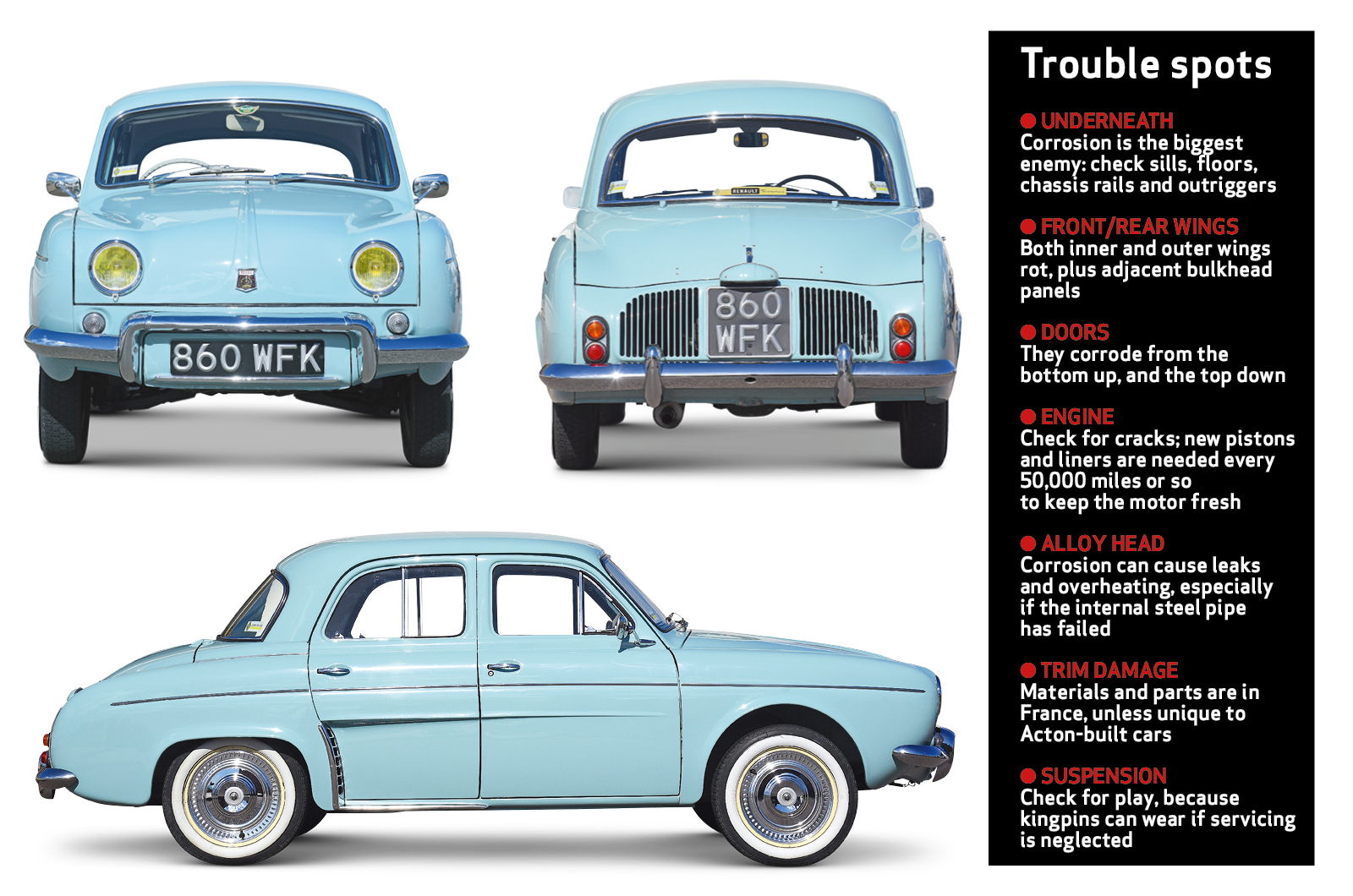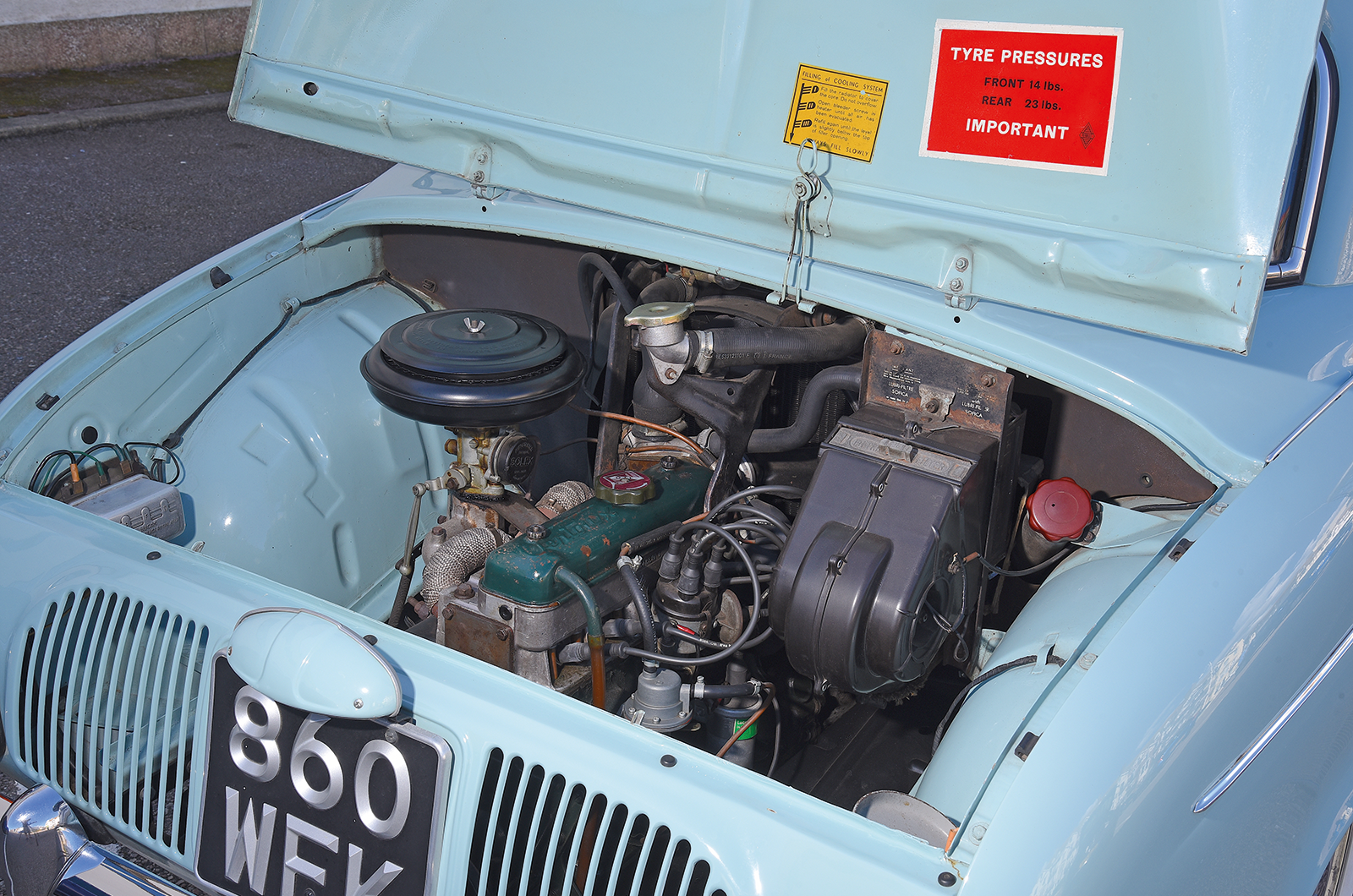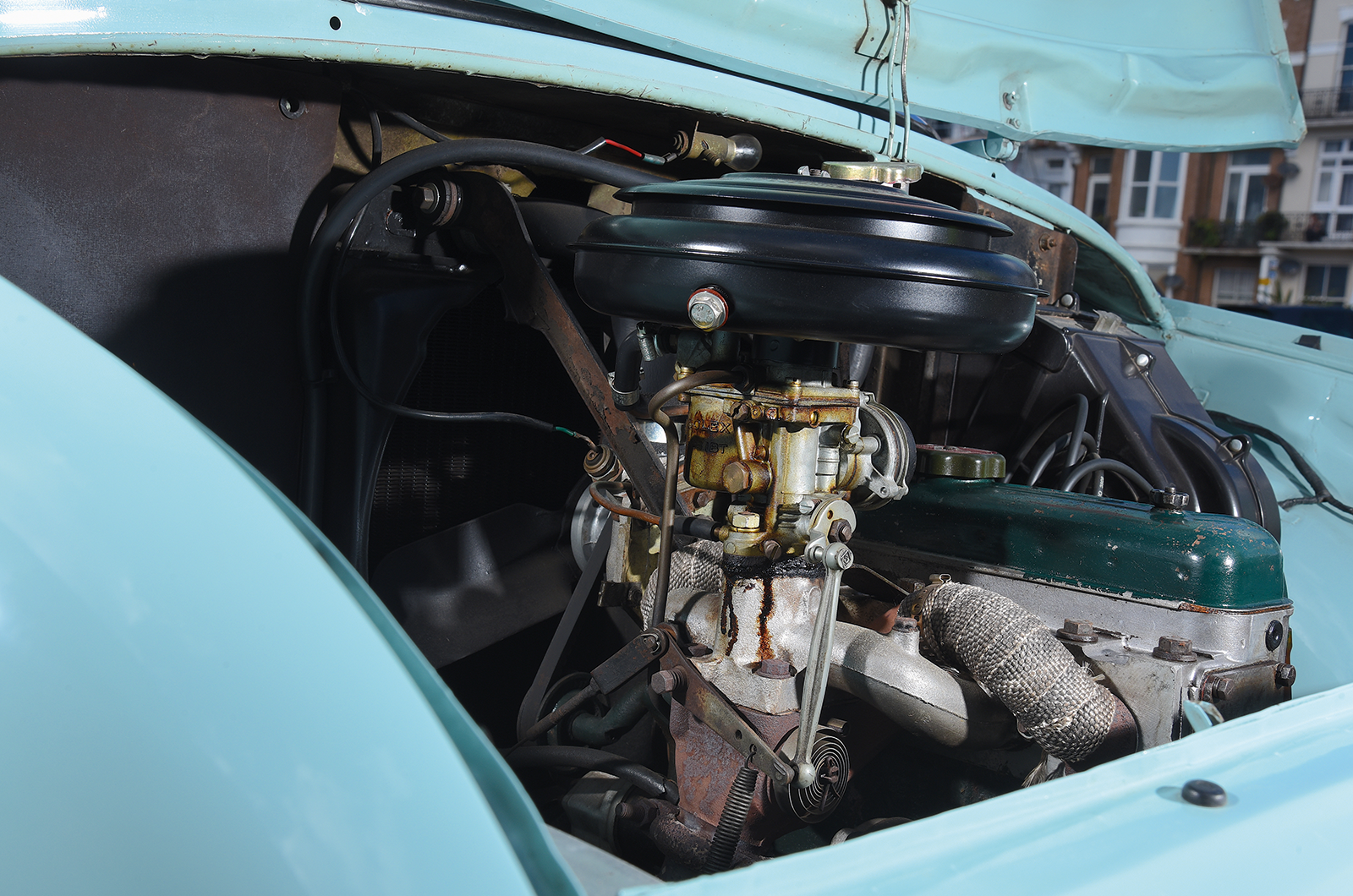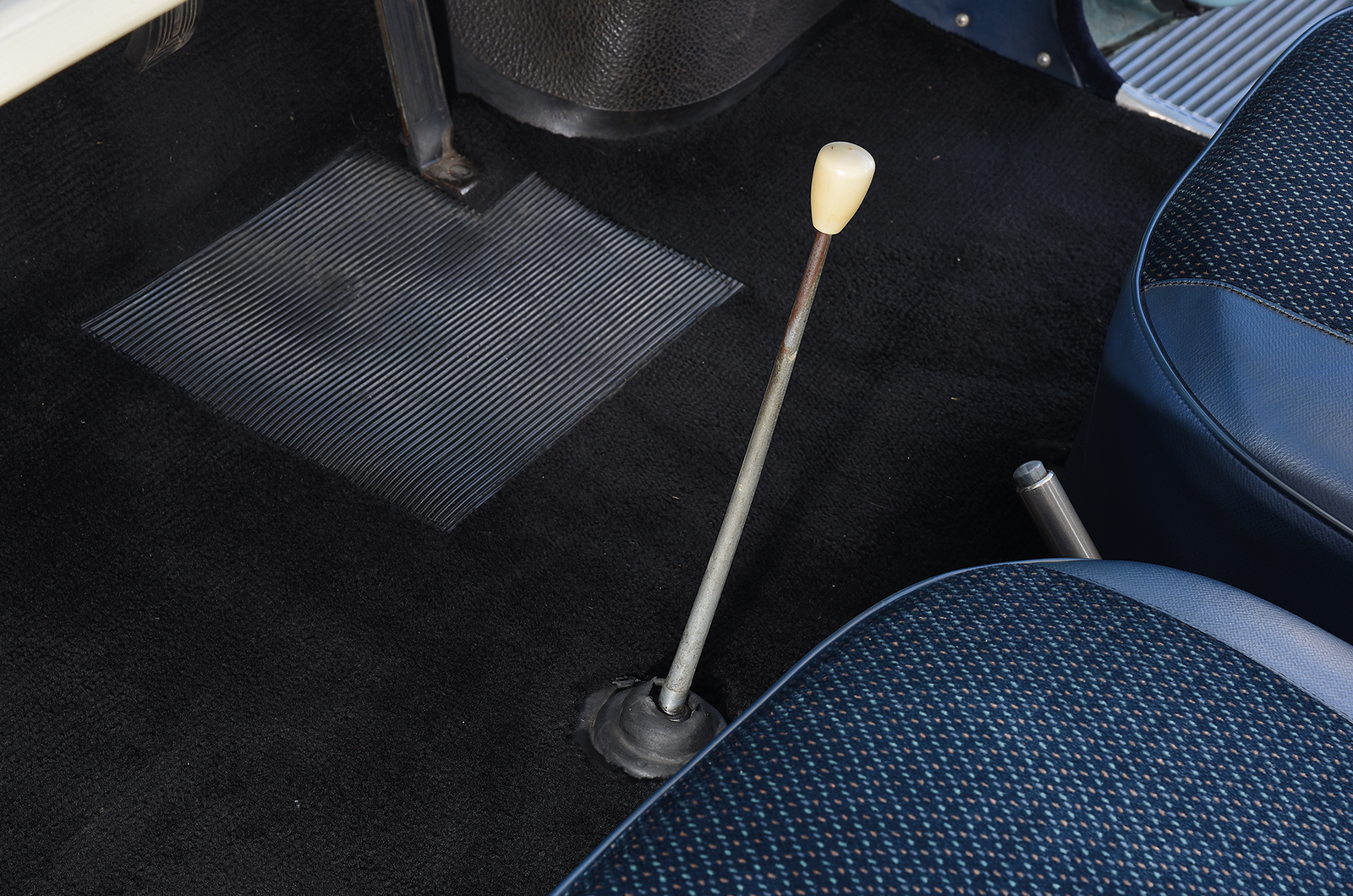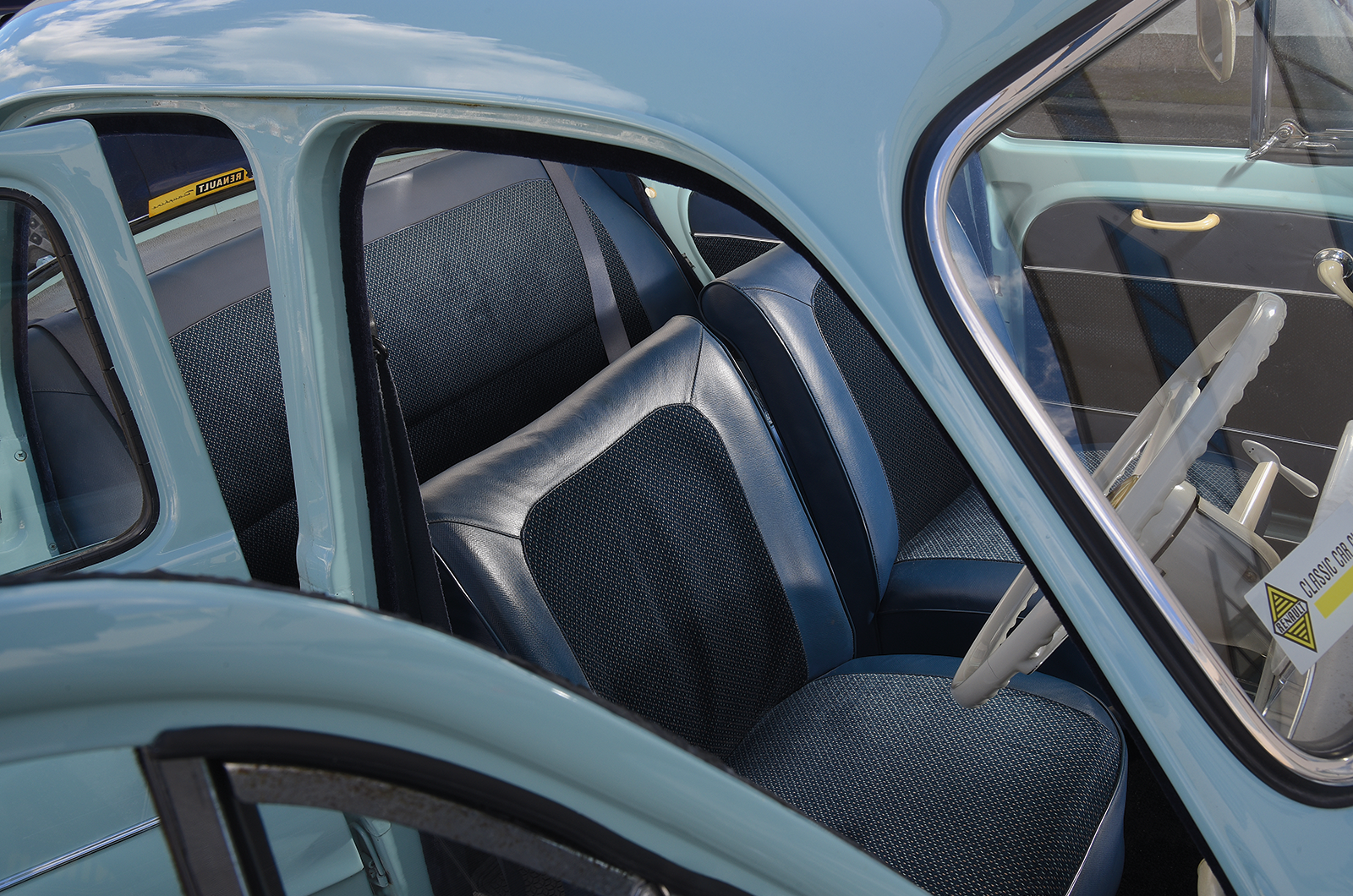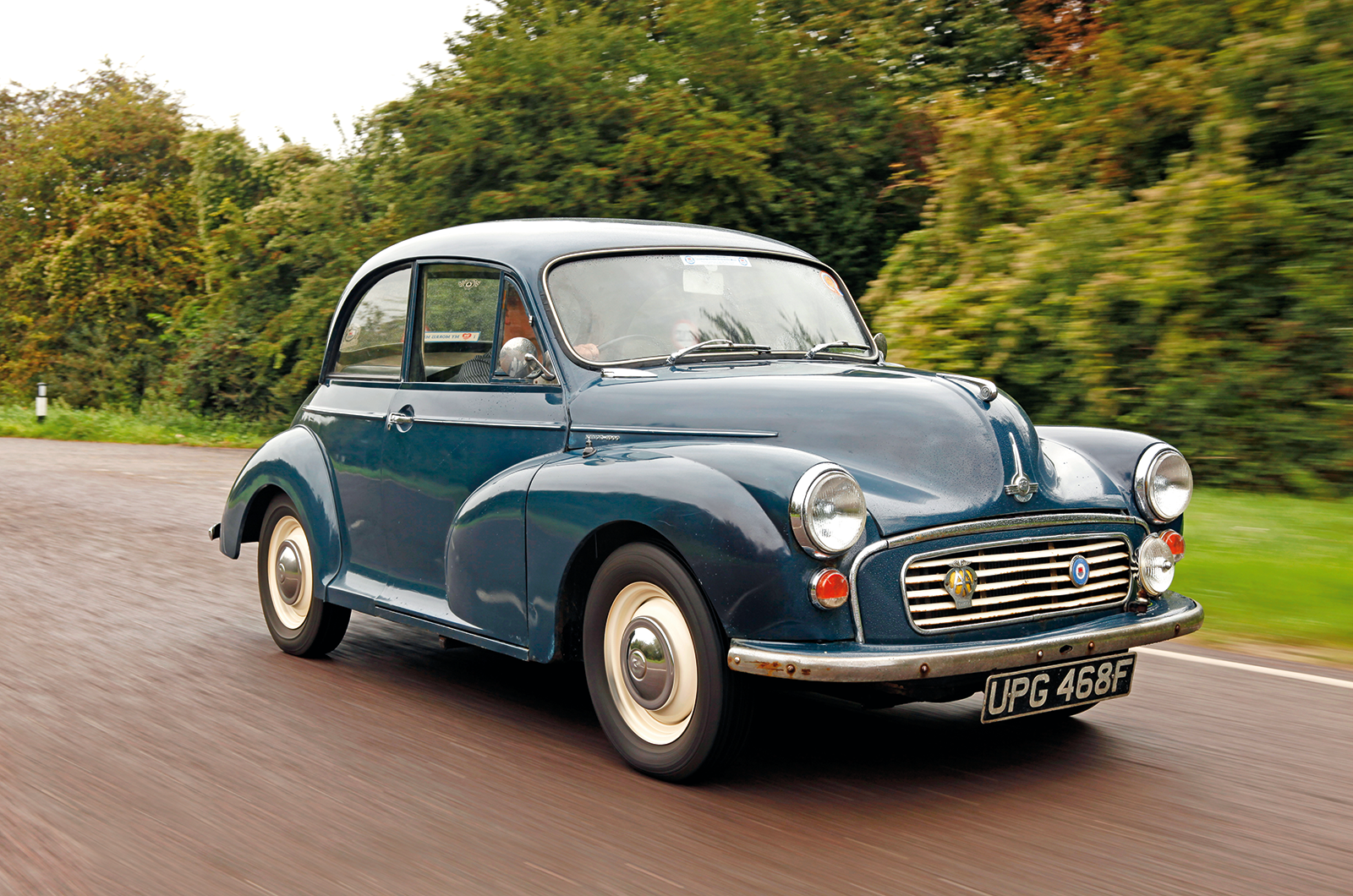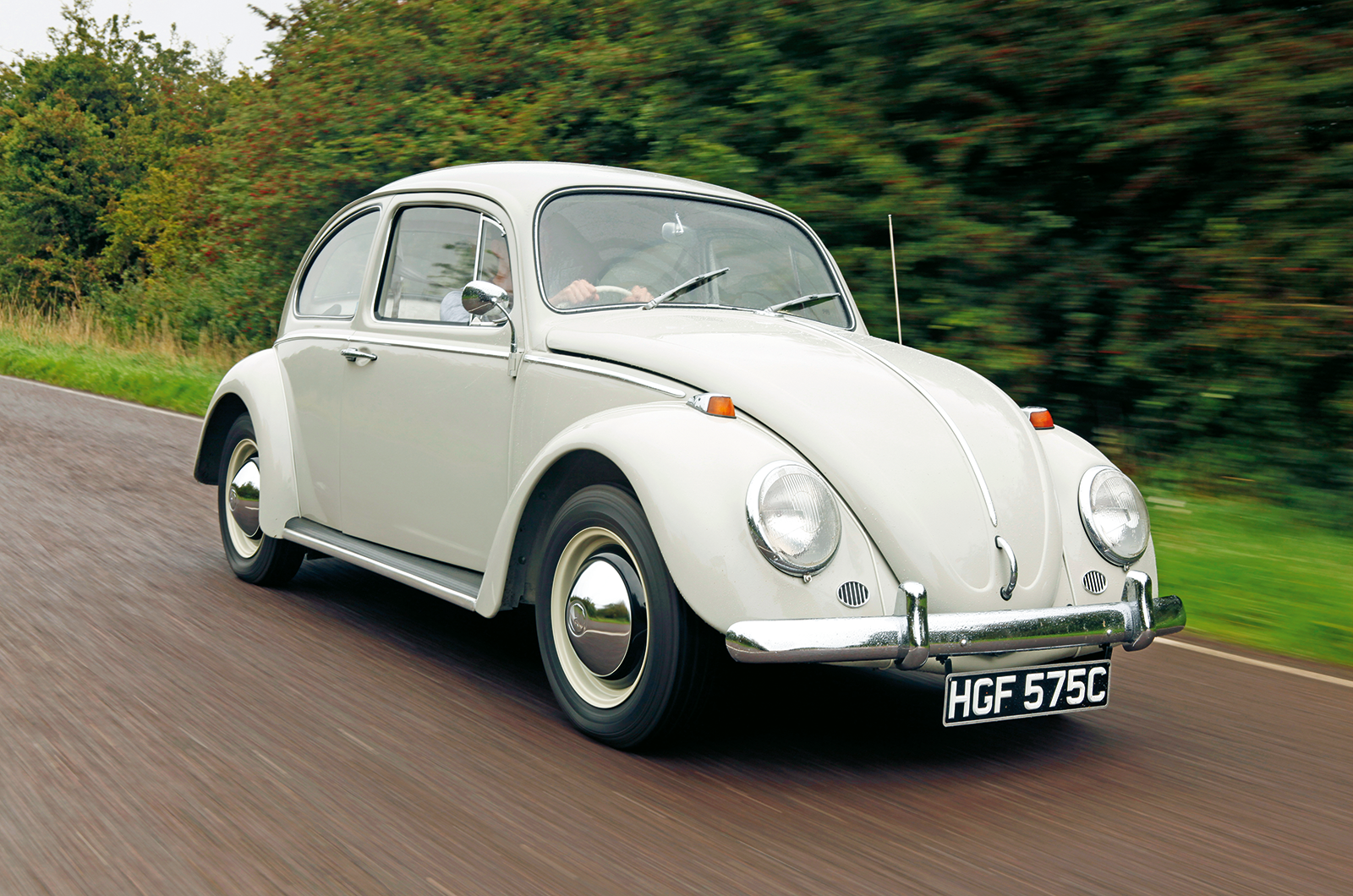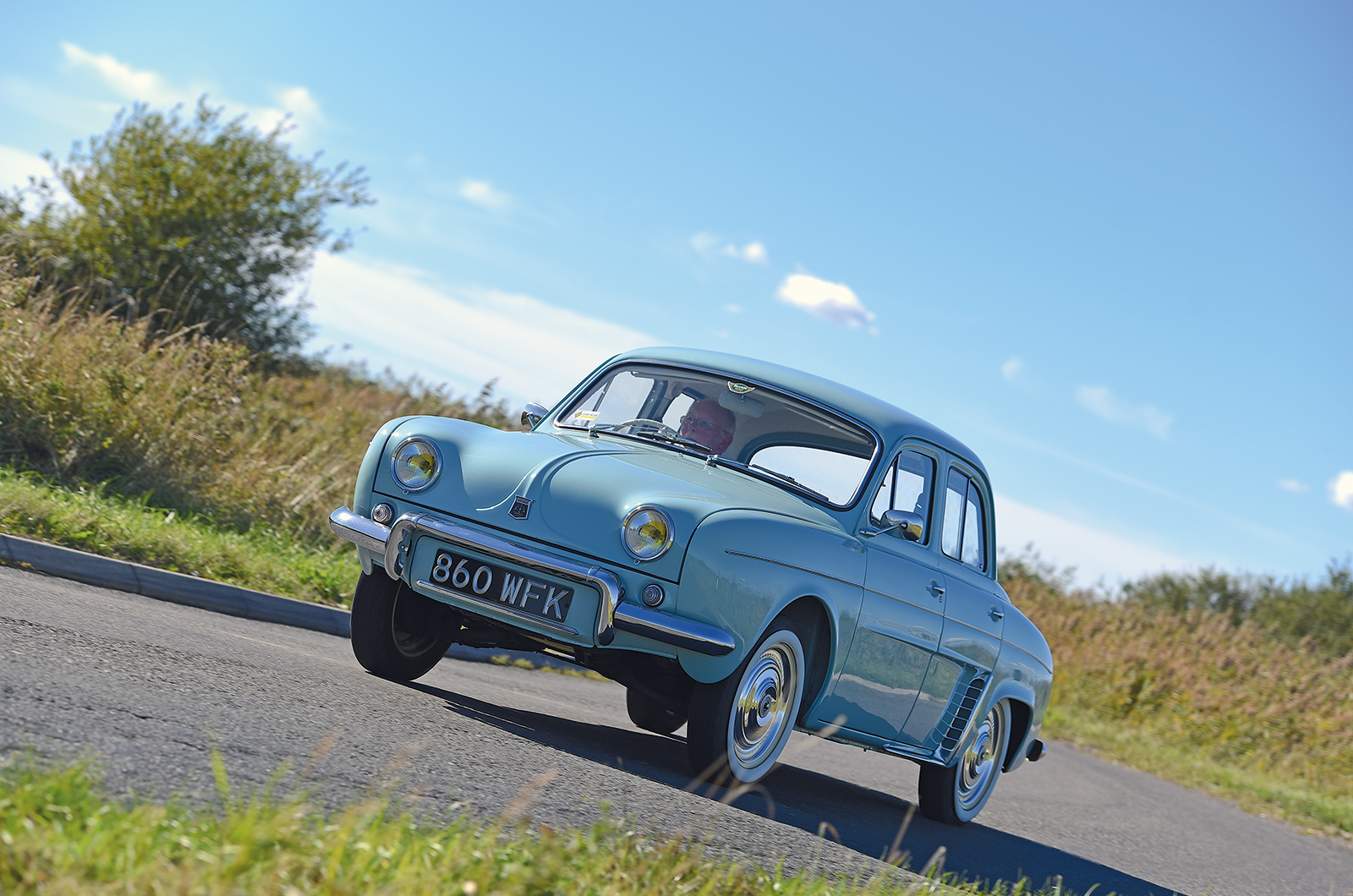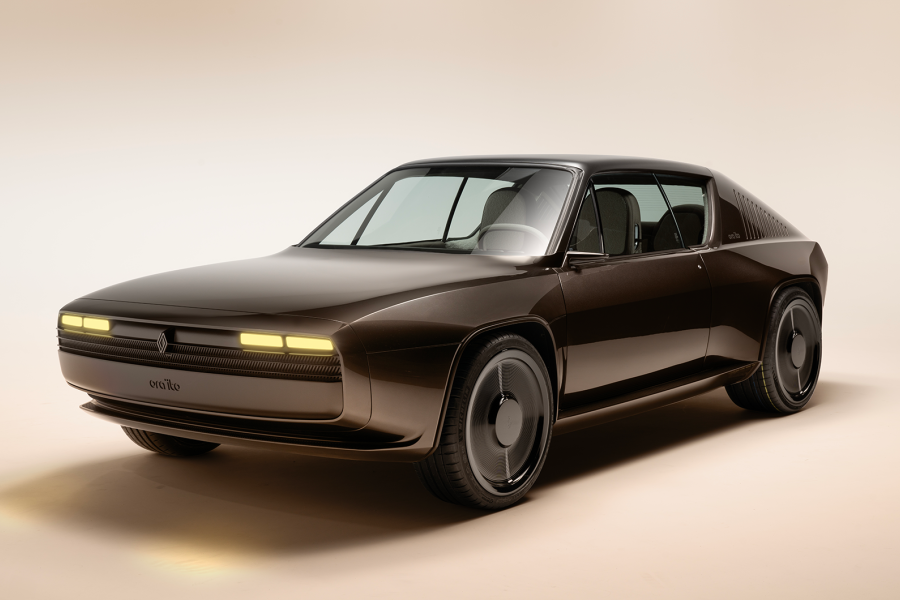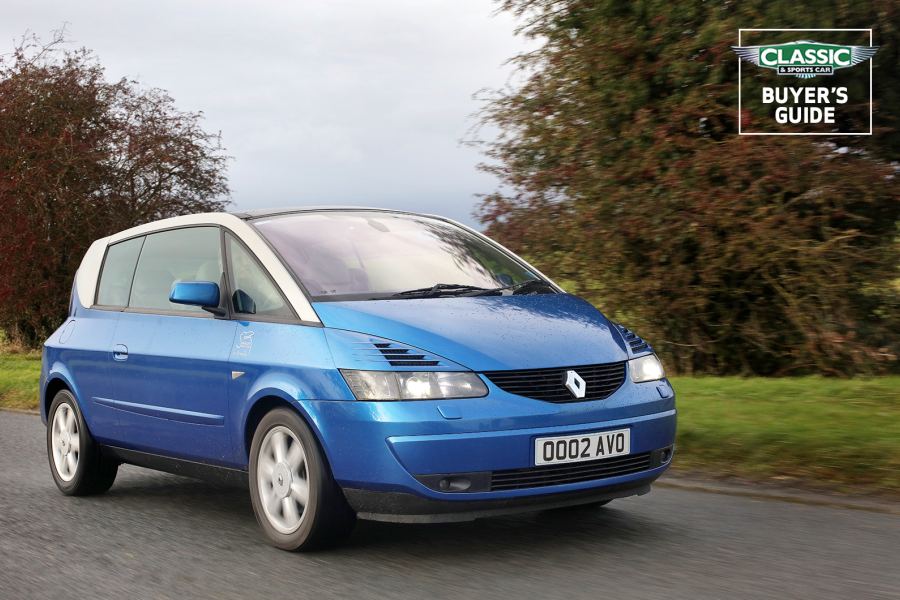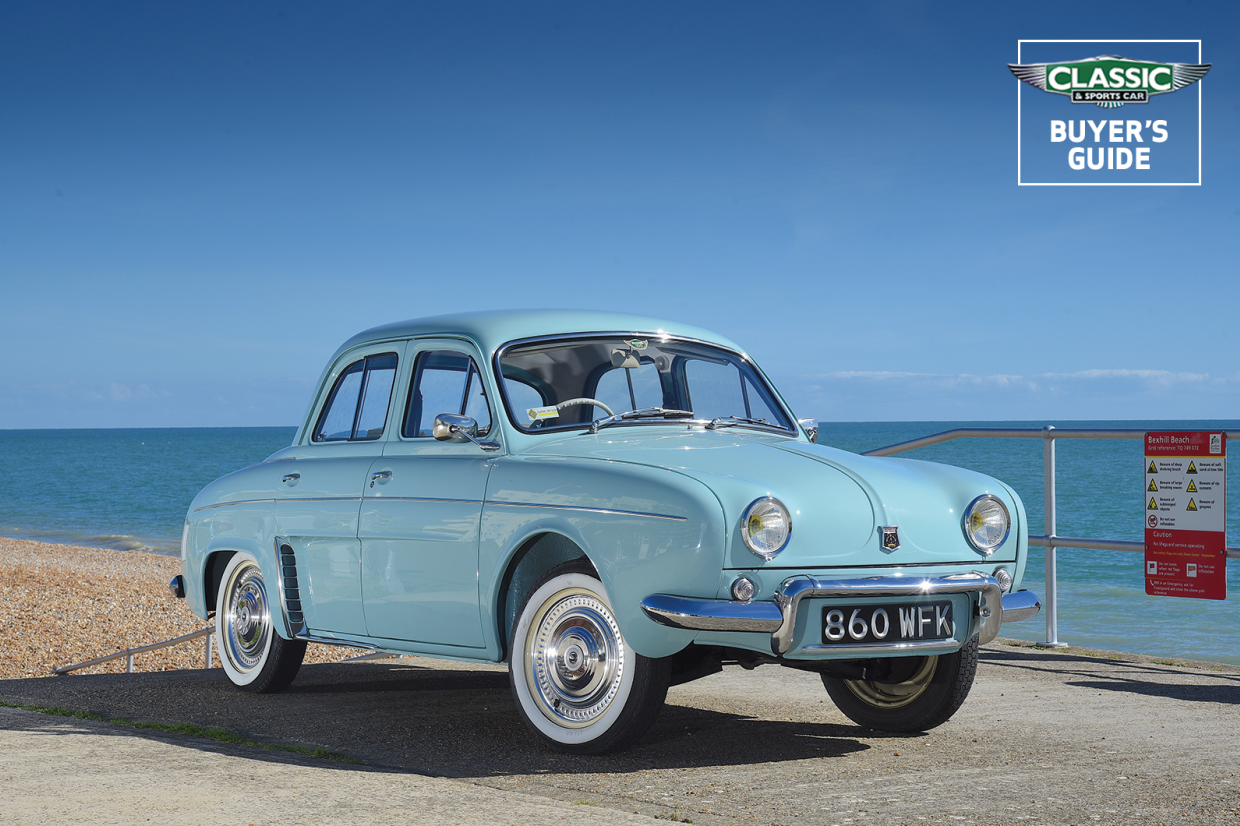
Why you’d want a Renault Dauphine
Pretty to look at and entertaining to drive, the Dauphine was a great global success for Renault. It catered for customers who could afford to spend just a little extra to get a car more ‘special’ than the base-model 4CV, and later Renault 4.
The tight turning circle, fuel economy, surprisingly spacious four-door interior and large front boot also made Dauphines ideal for use as taxicabs – and an Uber-style launch in London led some black-cab drivers to ram them when they saw them!
Lightweight construction was one of the Dauphine’s secrets, giving it great performance for its size and power – but the very thin steel (22/23-gauge on non-structural panels) rusted through in a few years – or less in severe environments.
Poor-quality steel, even more rot-prone than normal, afflicted 1959-’63 models; Dauphine survival numbers are low because of rust extermination and it should be top of your list of things to check when buying. Ask yourself: is rot present, has it been hidden and, if repaired, has it been done safely and correctly?
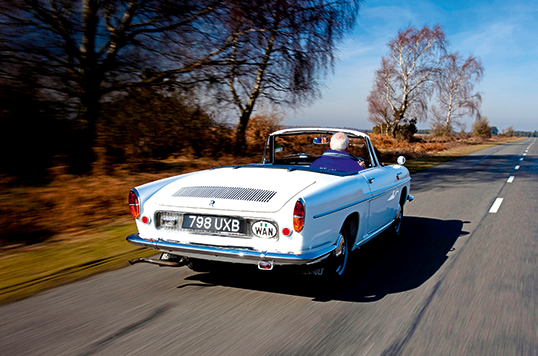
Renault’s later Floride was based on the Dauphine

